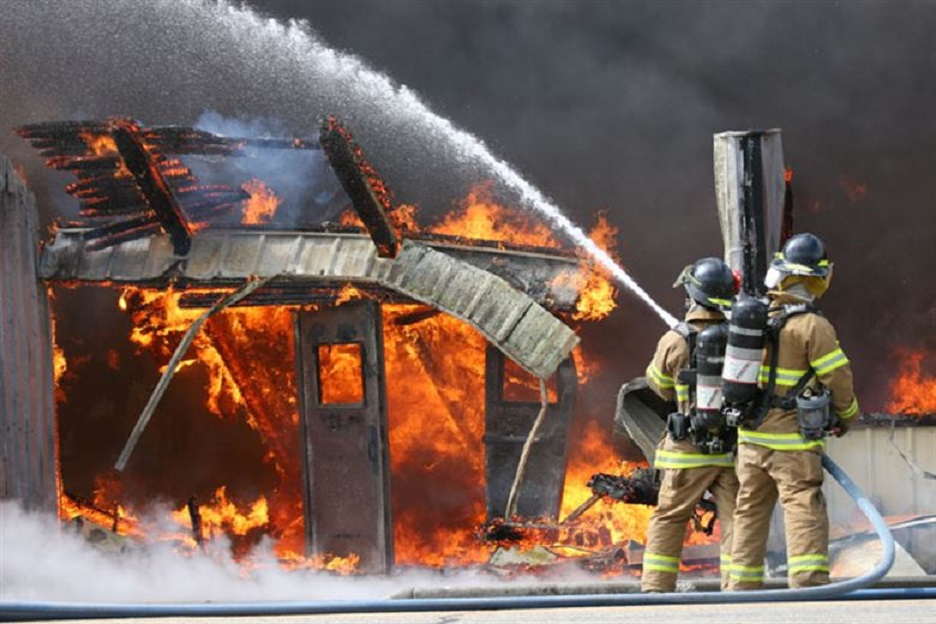This post is also available in:
 עברית (Hebrew)
עברית (Hebrew)
Developing any new product for first responders requires complex and resource-intensive testing. Testing interfaces in real emergencies could expose first responders to high risk. Training for first responders operating in emergencies will be more of a reality soon. Virtual reality offers a safer venue and can help ensure that innovations have a positive impact.
Researchers at the American National Institute of Standards and Technology (NIST) have been advancing virtual reality simulations for first responders, enabling firefighters, law enforcement officers and others to learn and practice how to best operate and communicate in emergencies.
The goal is to spur industry to come up with user interfaces – visual indicators, sounds, voice commands – that are better, cheaper, proven effective and brought to market faster than otherwise would be possible, according to infosurhoy.com.
Such interfaces could be embedded in firefighters’ masks or smart glasses worn by emergency medical technicians, for example, presenting helpful data in an intuitive and non-intrusive manner. A visual display might show the temperature or audio might warn that oxygen is low in a backpack tank.
NIST wants to enable the development, testing and rapid prototyping of these interfaces in a safe, controlled and repeatable environment.
NIST project leader Scott Ledgerwood said: “No one that we know has really looked at (VR) from the testing and development perspective. We’re creating this test bed because we don’t believe anyone else has the focus or capabilities to test user interfaces for first responders.”
The project uses commercial headsets and controllers, but NIST staff develop the content. Firefighting scenarios in a hotel, a mountain home, and an office environment have been features so far. Users can choose their locations within the scenario and operate a controller to simulate a fire hose.
In the near future, NIST staff plan to develop methods and criteria for evaluating interfaces to ensure that the testbed provides valuable data to its customers. NIST staff also plan to create additional virtual scenarios for a broad range of first responders and a variety of headsets and graphic engines.


























